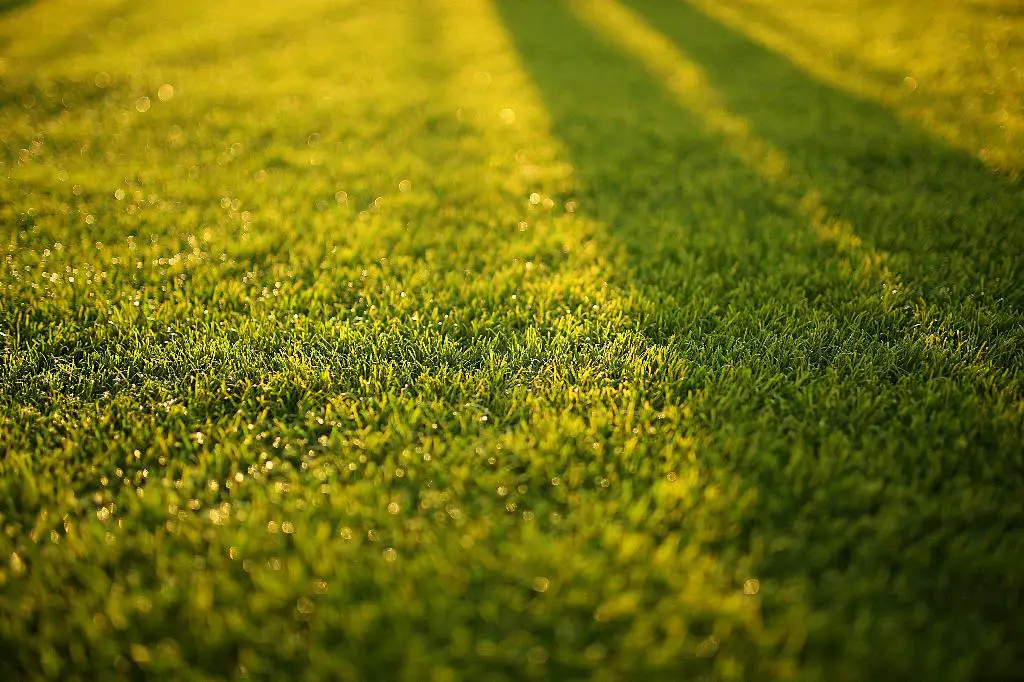When it comes to maintaining a lush and healthy lawn, one of the key aspects to consider is the amount of water your grass requires. While the general guideline is 1 to 1.5 inches of water per week, there are several factors that can influence this amount.
Factors Influencing Water Needs
The type of grass you have planted in your lawn plays a significant role in determining its water requirements. Certain grass species are more drought-resistant and may need less water compared to others.
Climate Considerations
Where you live also plays a crucial role in how much water your lawn needs. In regions with hot and arid climates, your grass will likely require more frequent watering to thrive, while areas with more temperate conditions may need less frequent watering.
Understanding Soil Type
The type of soil in your lawn can impact water retention and drainage. Sandy soils, for example, drain water more quickly and may require more frequent watering, whereas clay soils hold onto moisture better and may need less water.
Age of Your Lawn
The age of your lawn can also affect its water needs. Newly planted grass or recently sodded areas will require more frequent watering to establish roots, while mature lawns may need less water once they are well-established.
How to Measure Water Levels
A general rule of thumb is to ensure that the top 6-8 inches of soil are consistently moist but not waterlogged. To determine if your lawn is receiving adequate water, you can use a rain gauge or place empty cans around the lawn to measure the amount of water applied during watering sessions.
Signs of Overwatering
It’s important to be mindful of overwatering, as this can lead to issues such as root rot, fungal diseases, and nutrient leaching. Signs of overwatering include soggy areas, wilting despite adequate water, and the presence of mold or mildew.
Best Time to Water
Watering your lawn in the early morning hours is typically ideal, as it allows the grass to absorb moisture before the heat of the day sets in. Avoid watering in the evening, as this can promote fungal growth due to prolonged moisture on the grass.
Adjusting Watering Schedule
During periods of heavy rainfall or cooler temperatures, you may need to adjust your watering schedule to prevent overwatering. Conversely, during hot and dry spells, you may need to water more frequently to prevent your lawn from drying out.
Importance of Consistent Watering
Consistency is key when it comes to watering your lawn. Irregular watering can lead to shallow root growth and make your grass more susceptible to stress from heat and drought. Establishing a regular watering schedule can help maintain a healthy and vibrant lawn.
Consulting with Professionals
If you’re unsure about how much water your lawn needs or if you’re experiencing issues with your grass despite proper watering, consider consulting with a lawn care professional. They can assess your lawn’s specific needs and provide tailored recommendations for optimal growth.

Conclusion
In conclusion, understanding the water needs of your lawn is essential for maintaining a beautiful and thriving outdoor space. By considering factors such as grass type, climate, soil composition, and watering practices, you can ensure that your lawn receives the right amount of water to flourish. Remember to monitor your lawn’s moisture levels, adjust your watering schedule as needed, and seek professional advice when in doubt to promote a healthy and vibrant lawn.
